Snøhetta brings a 21st-century approach to Swarovski’s production facilities
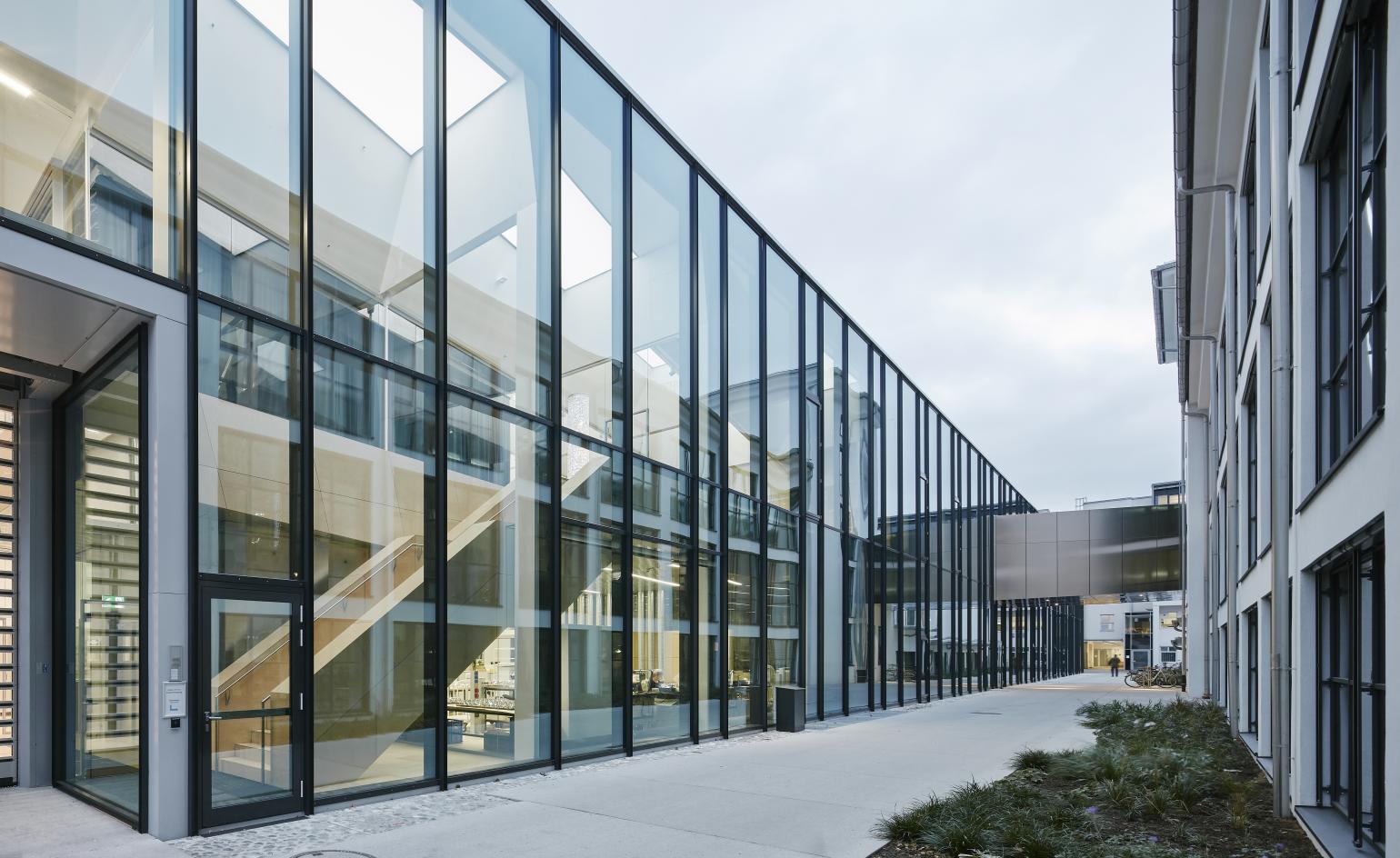
If the idea of manufacturing and production facilities brings to mind closed, dark industrial spaces and a dark-box process, think again. Snøhetta’s latest project, Swarovski Manufaktur in Wattens, Austria, breaks all the rules of what an industrial space could look like.
The structure, which is part of the crystal specialist’s larger HQ and campus in the Tyrolian countryside, was conceived to house both production and creative processes; and most importantly merge the two – bringing makers, designers and clients together for co-creating sessions that open up the whole process of innovation.
The space is as welcoming as its purpose suggests. Large, open spaces feature manufacturing lines alongside drawing boards and offices. A centrally placed, dramatic staircase acts as a key circulation core, but also doubles as a meeting space and main ‘forum’ at the heart of the facility.

Part of the Swarovski campus and worldwide headquarters, Manufaktur presents a new approach to 21st century manufacturing facilities.
The interiors are bright, clean and filled with natural light. Sun shines through the building’s glass-lined sides, but also the ceiling, through openings known as ‘cassettes’. The white steel ceiling incorporates 135 such openings, coated with special material to ensure there is no glare. On top of this, the building meets the criteria of the LEED Gold Standard (Leadership in Energy and Environmental Design) for sustainability.
‘We tried not to interpret the physical properties of crystals in our building geometry’, explains Snøhetta’s Patrick Lüth. ‘Instead, we have tried to understand what makes crystal so special and attractive, and to use these ephemeral qualities to create a specific atmosphere. The space has an incredible amount of daylight penetration which we believe is unparalleled in the typical production facility context. Crystals only come to life with light, so for us it is the intense presence of that daylight that is the most important aesthetic aspect of this building.’

The interior is flooded with daylight and features large, open plan spaces.
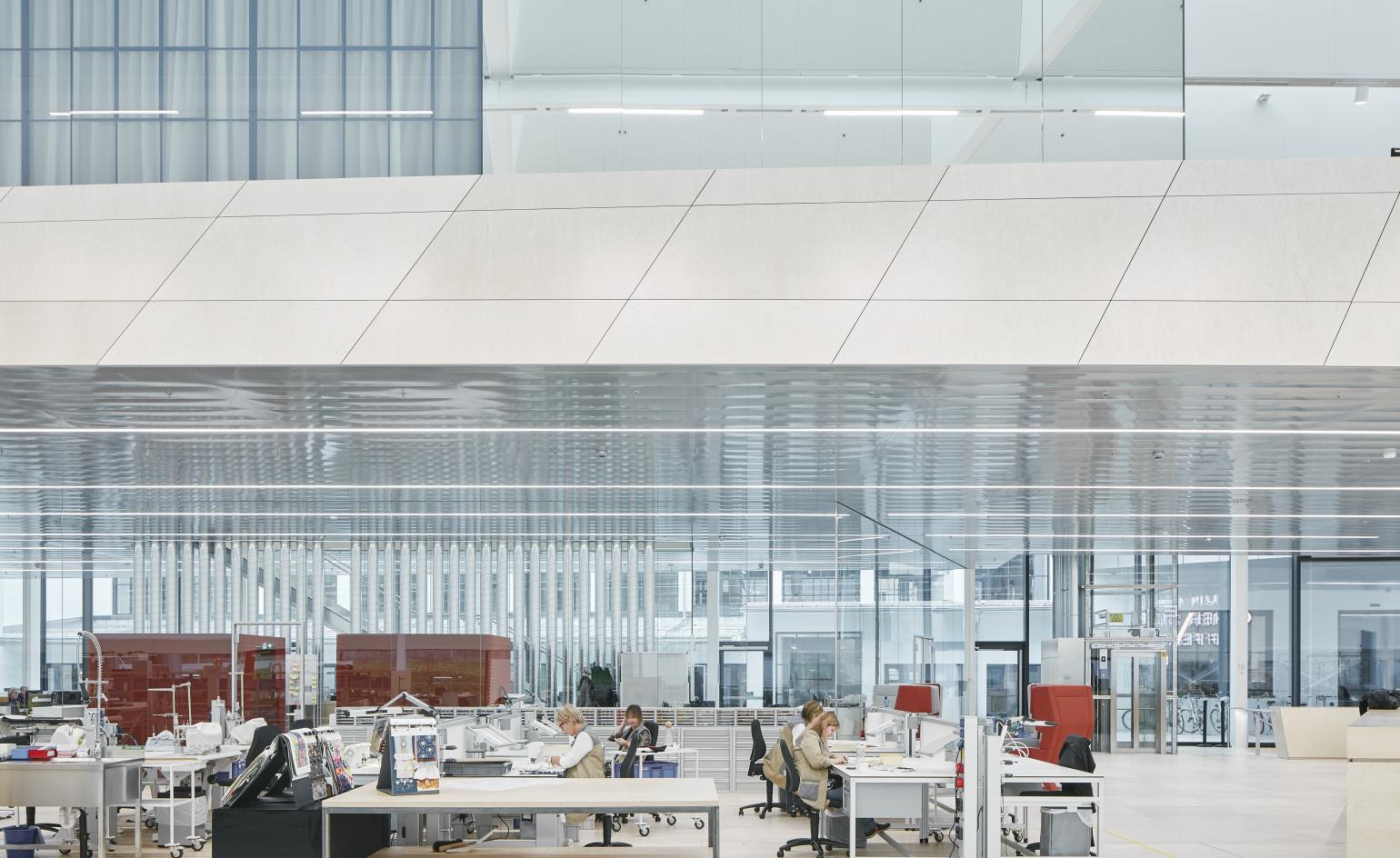
The building merges fabrication with the creative process in a single space.
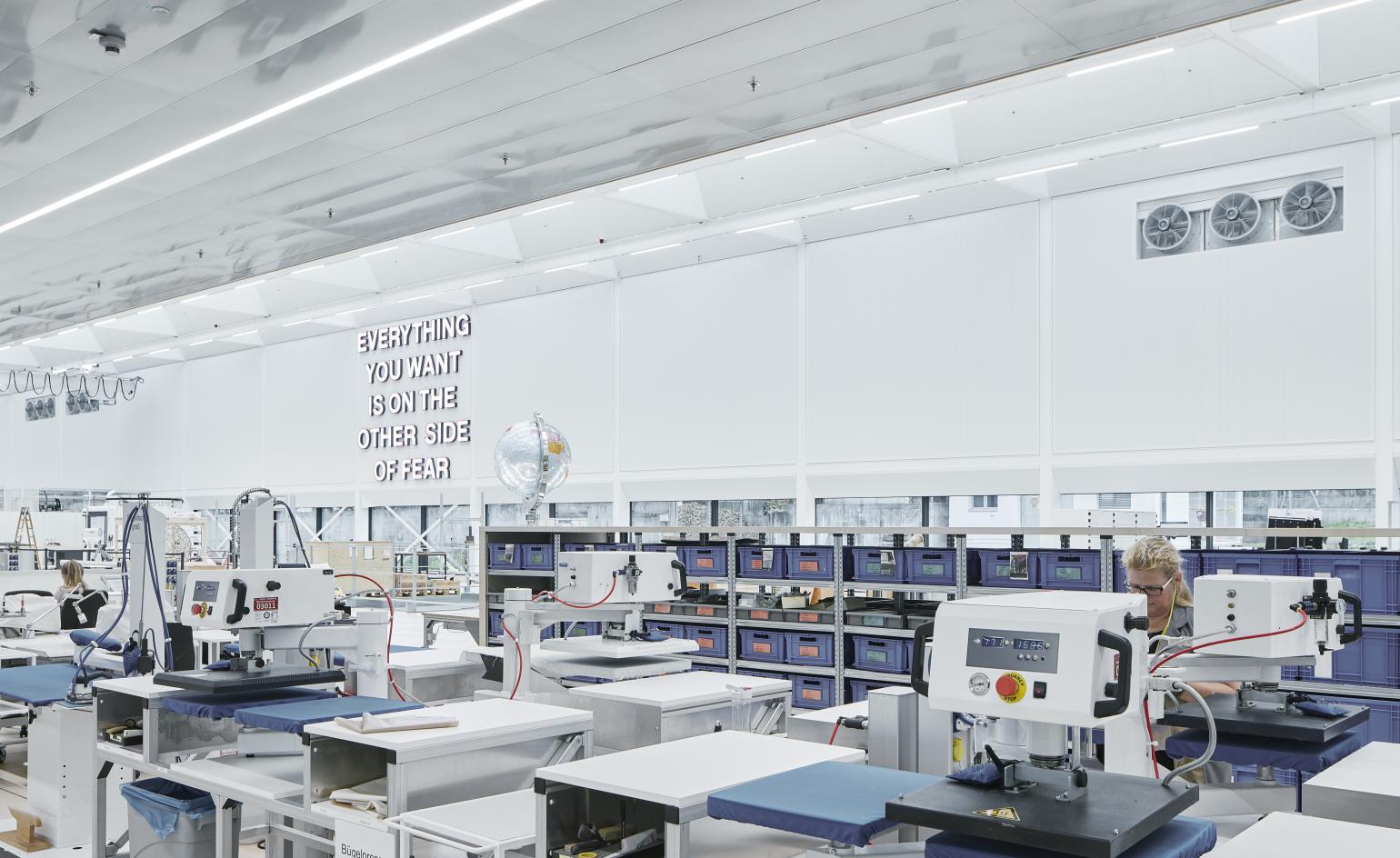
The innovative spatial approach means that Swarovski provides new opportunities to work together with customers.
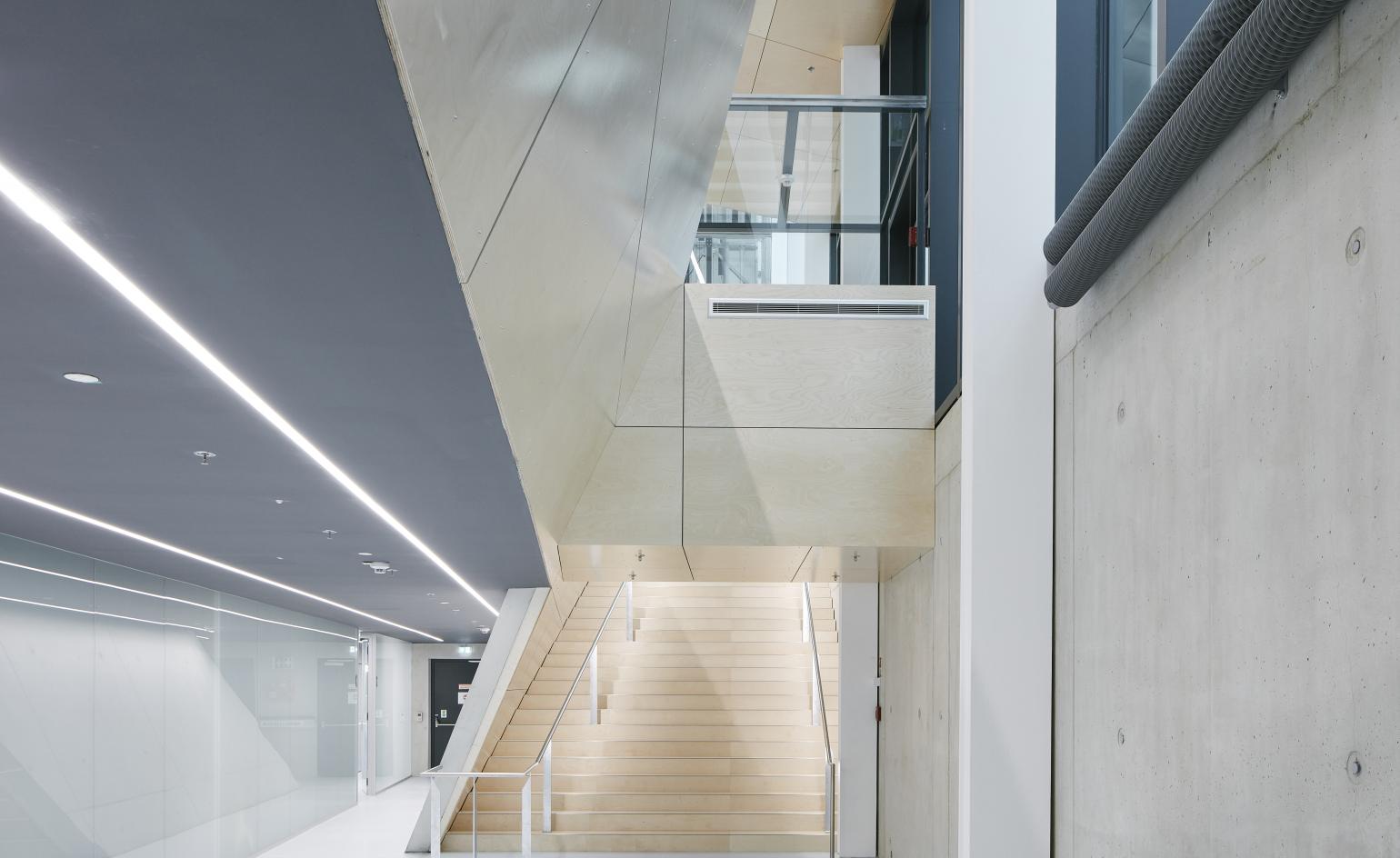
Co-creation, rapid prototyping and representation are all catered for in this state-of-the-art production facility.
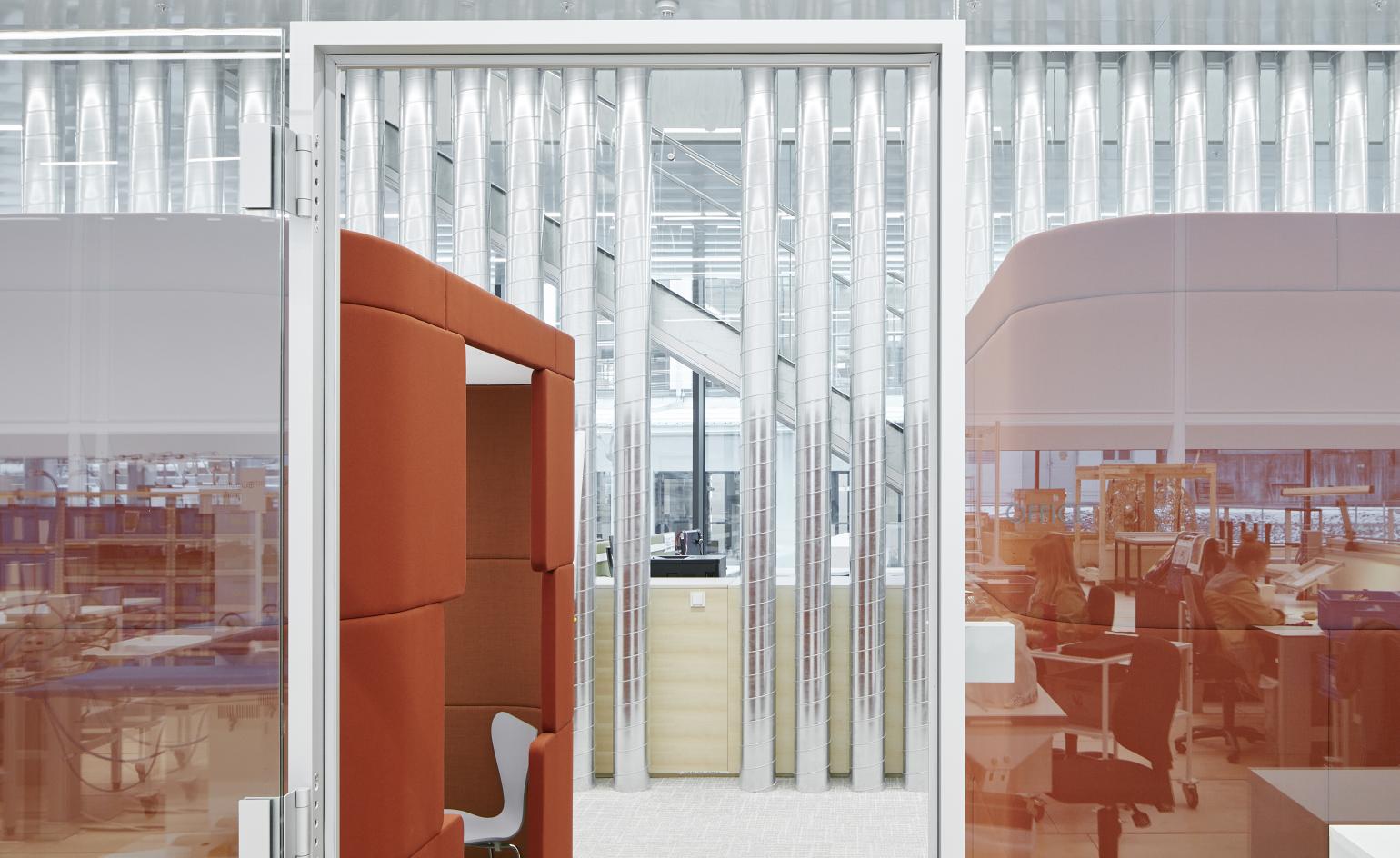
A large open staircase also serves as a meeting point, reflecting the building’s design fexilibity.

Daylight enters through the building’s sides, but also its ceiling.
INFORMATION
For more information, see the Snøhetta website
Receive our daily digest of inspiration, escapism and design stories from around the world direct to your inbox.
Ellie Stathaki is the Architecture & Environment Director at Wallpaper*. She trained as an architect at the Aristotle University of Thessaloniki in Greece and studied architectural history at the Bartlett in London. Now an established journalist, she has been a member of the Wallpaper* team since 2006, visiting buildings across the globe and interviewing leading architects such as Tadao Ando and Rem Koolhaas. Ellie has also taken part in judging panels, moderated events, curated shows and contributed in books, such as The Contemporary House (Thames & Hudson, 2018), Glenn Sestig Architecture Diary (2020) and House London (2022).
-
 New tech dedicated to home health, personal wellness and mapping your metrics
New tech dedicated to home health, personal wellness and mapping your metricsWe round up the latest offerings in the smart health scene, from trackers for every conceivable metric from sugar to sleep, through to therapeutic furniture and ultra intelligent toothbrushes
-
 Out of office: The Wallpaper* editors’ picks of the week
Out of office: The Wallpaper* editors’ picks of the week'Tis the season for eating and drinking, and the Wallpaper* team embraced it wholeheartedly this week. Elsewhere: the best spot in Milan for clothing repairs and outdoor swimming in December
-
 How Stephen Burks Man Made is bringing the story of a centuries-old African textile to an entirely new audience
How Stephen Burks Man Made is bringing the story of a centuries-old African textile to an entirely new audienceAfter researching the time-honoured craft of Kuba cloth, designers Stephen Burks and Malika Leiper have teamed up with Italian company Alpi on a dynamic new product
-
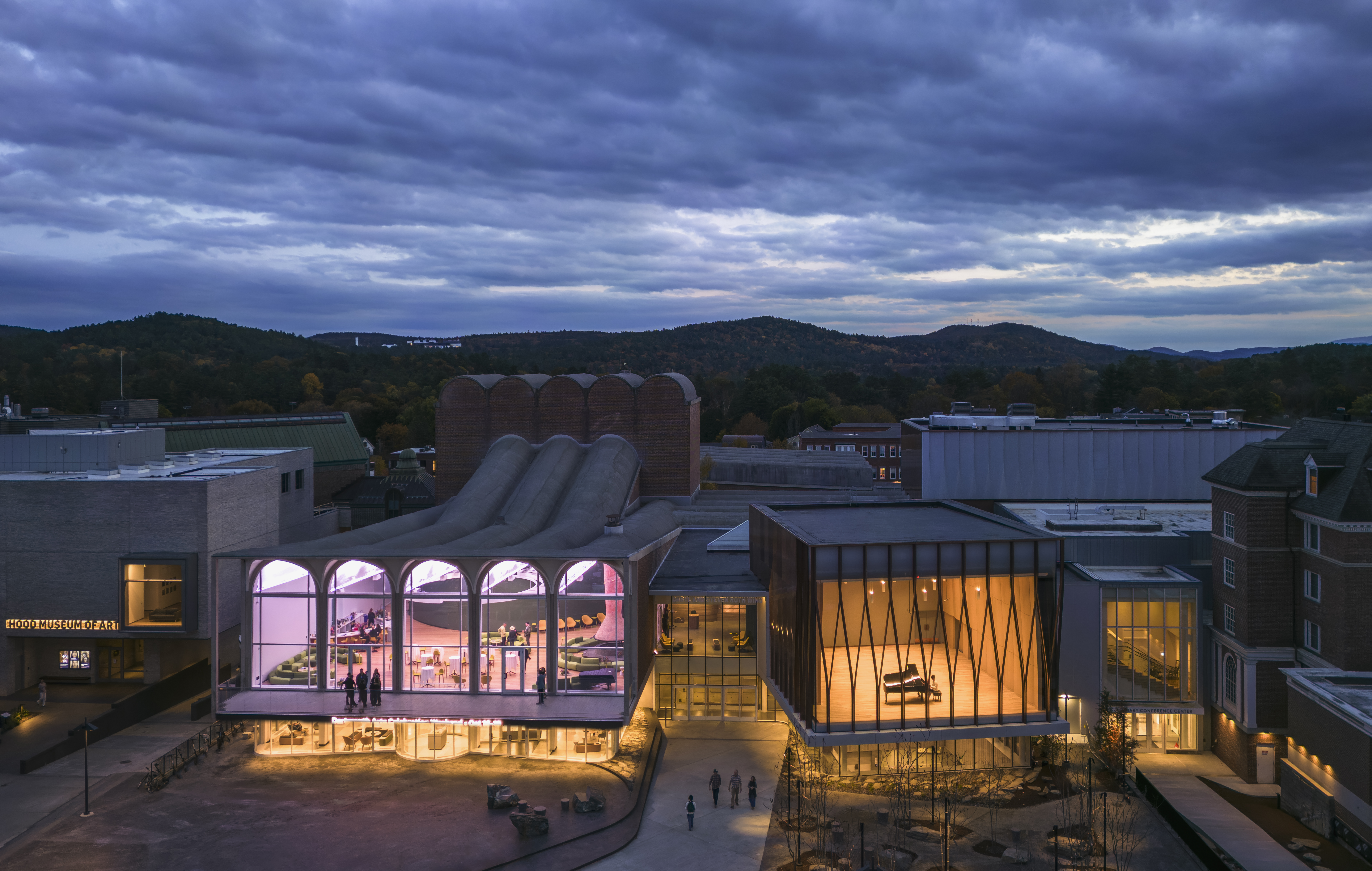 With a freshly expanded arts centre at Dartmouth College, Snøhetta brings levity to the Ivy League
With a freshly expanded arts centre at Dartmouth College, Snøhetta brings levity to the Ivy LeagueThe revamped Hopkins Center for the Arts – a prototype for the Met Opera house in New York –has unveiled its gleaming new update
-
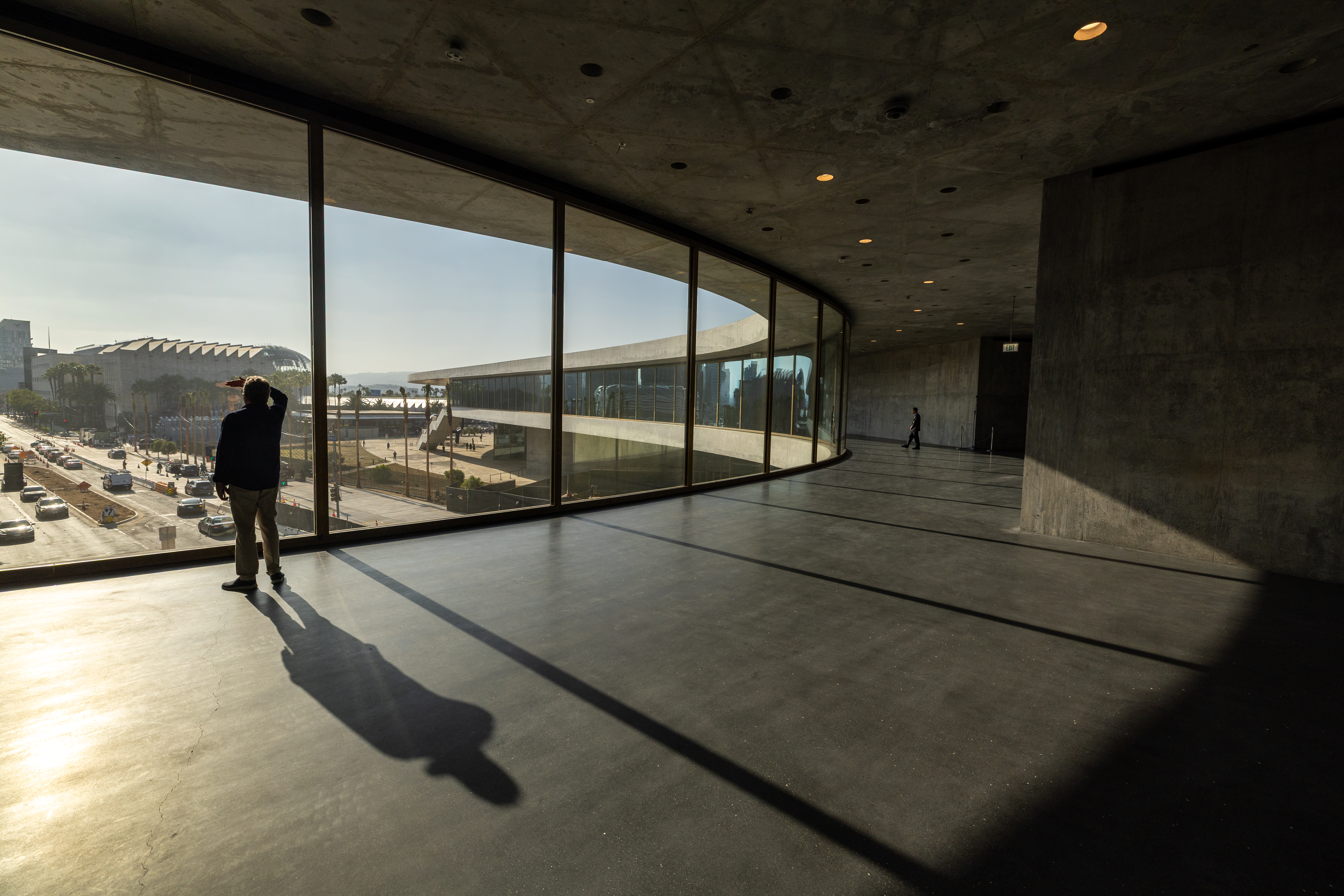 The great American museum boom
The great American museum boomNine of the world’s top ten most expensive, recently announced cultural projects are in the US. What is driving this investment, and is this statistic sustainable?
-
 A holiday house on a Norwegian fjord drinks in spectacular views
A holiday house on a Norwegian fjord drinks in spectacular viewsAn elegant and modest holiday home on a fjord on Norway’s western coast works with a steep site and far-reaching vistas
-
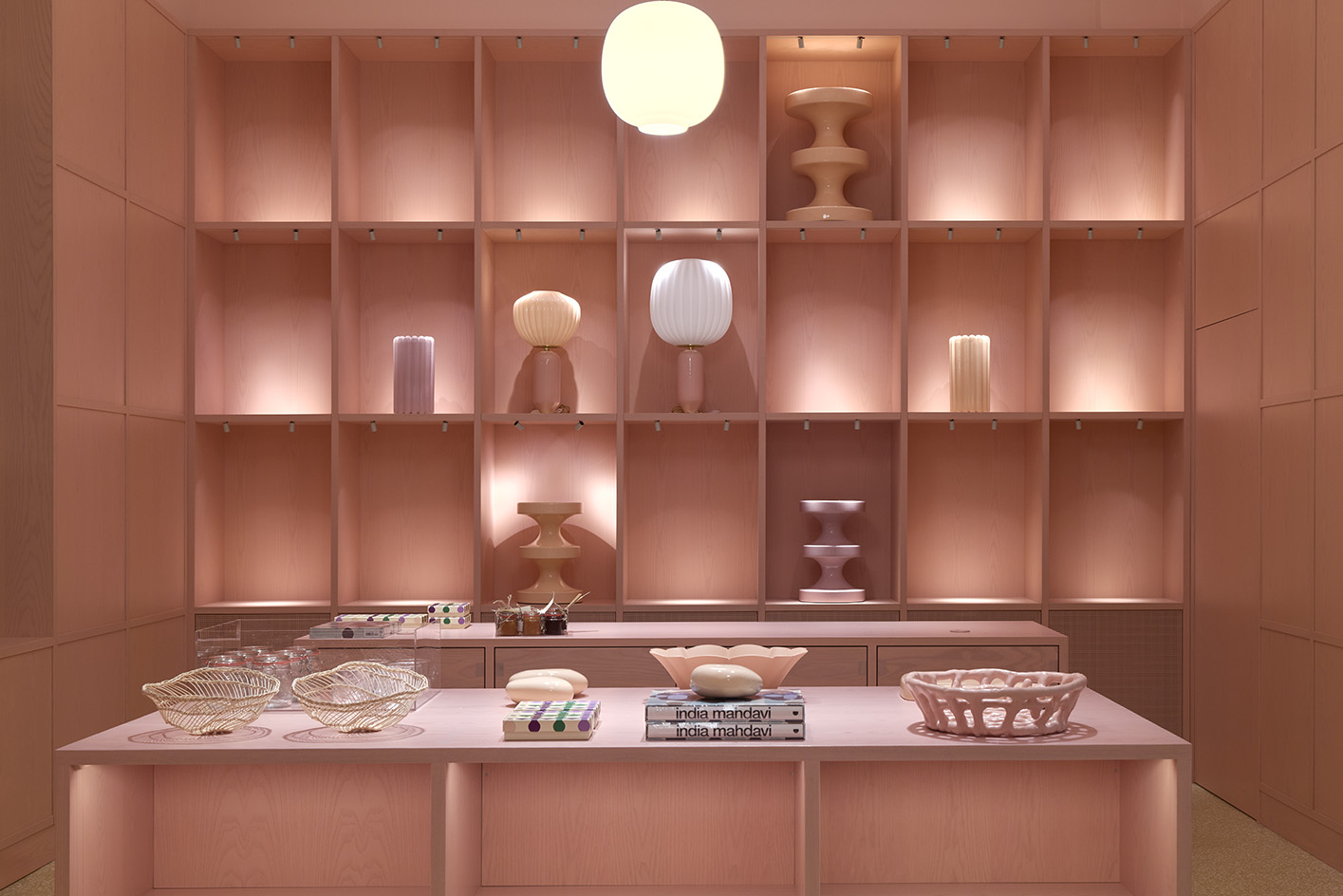 PoMo Museum opens its colourful spaces in Trondheim’s art nouveau post office
PoMo Museum opens its colourful spaces in Trondheim’s art nouveau post officePoMo Museum is a new Trondheim art destination, featuring colourful interiors by India Mahdavi in an art nouveau post office heritage building
-
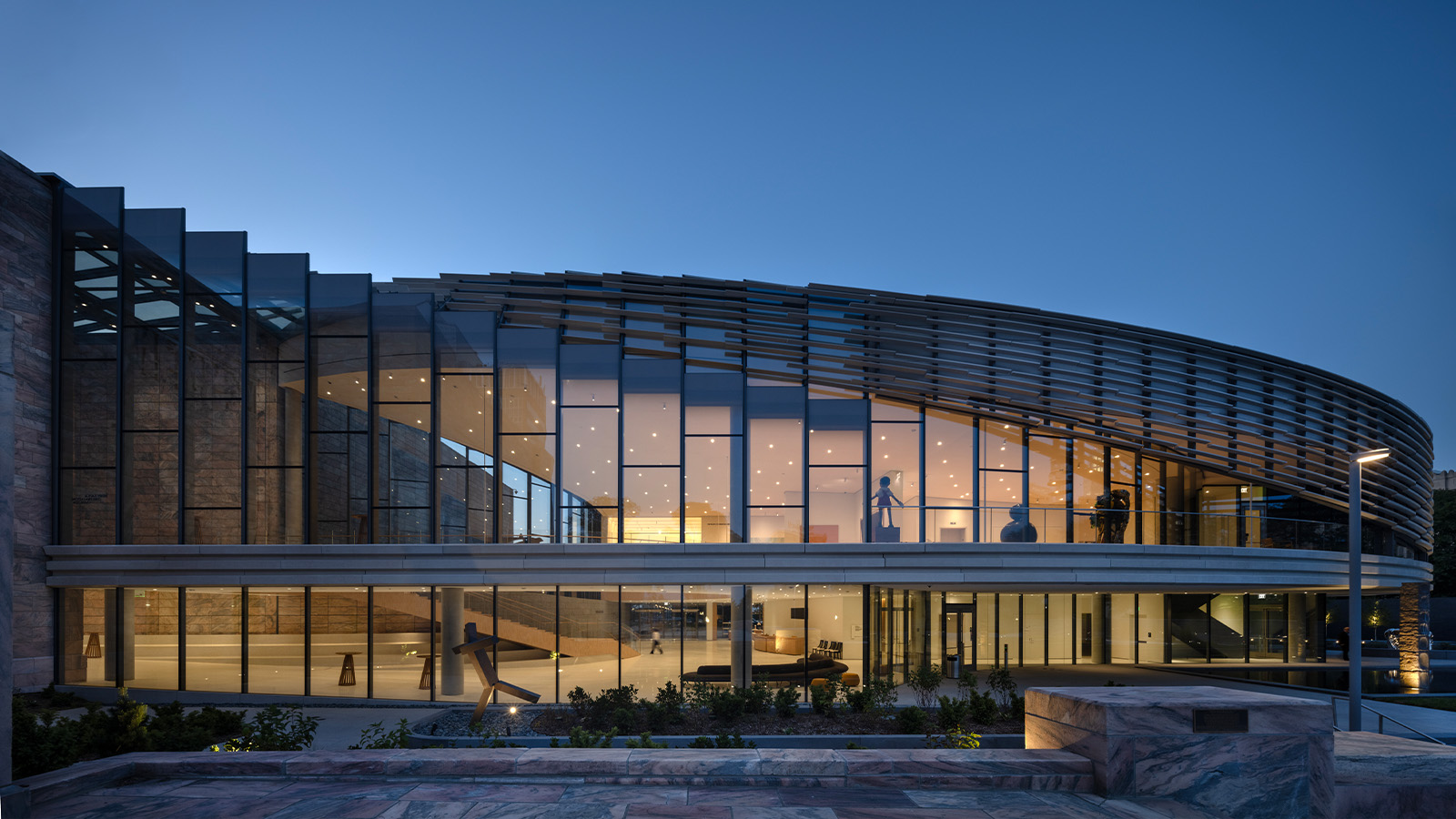 Omaha’s Joslyn Art Museum's newest addition effortlessly complements the institution’s existing complex
Omaha’s Joslyn Art Museum's newest addition effortlessly complements the institution’s existing complexThe third addition to Joslyn Art Museum is designed by Snøhetta, which opted for voluminous common spaces and illuminating atriums
-
 Tour this waterfront Norwegian summer house in pristine nature
Tour this waterfront Norwegian summer house in pristine natureCabin Lillesand by architect, Lund Hagem respects and enhances its natural setting in the country's south
-
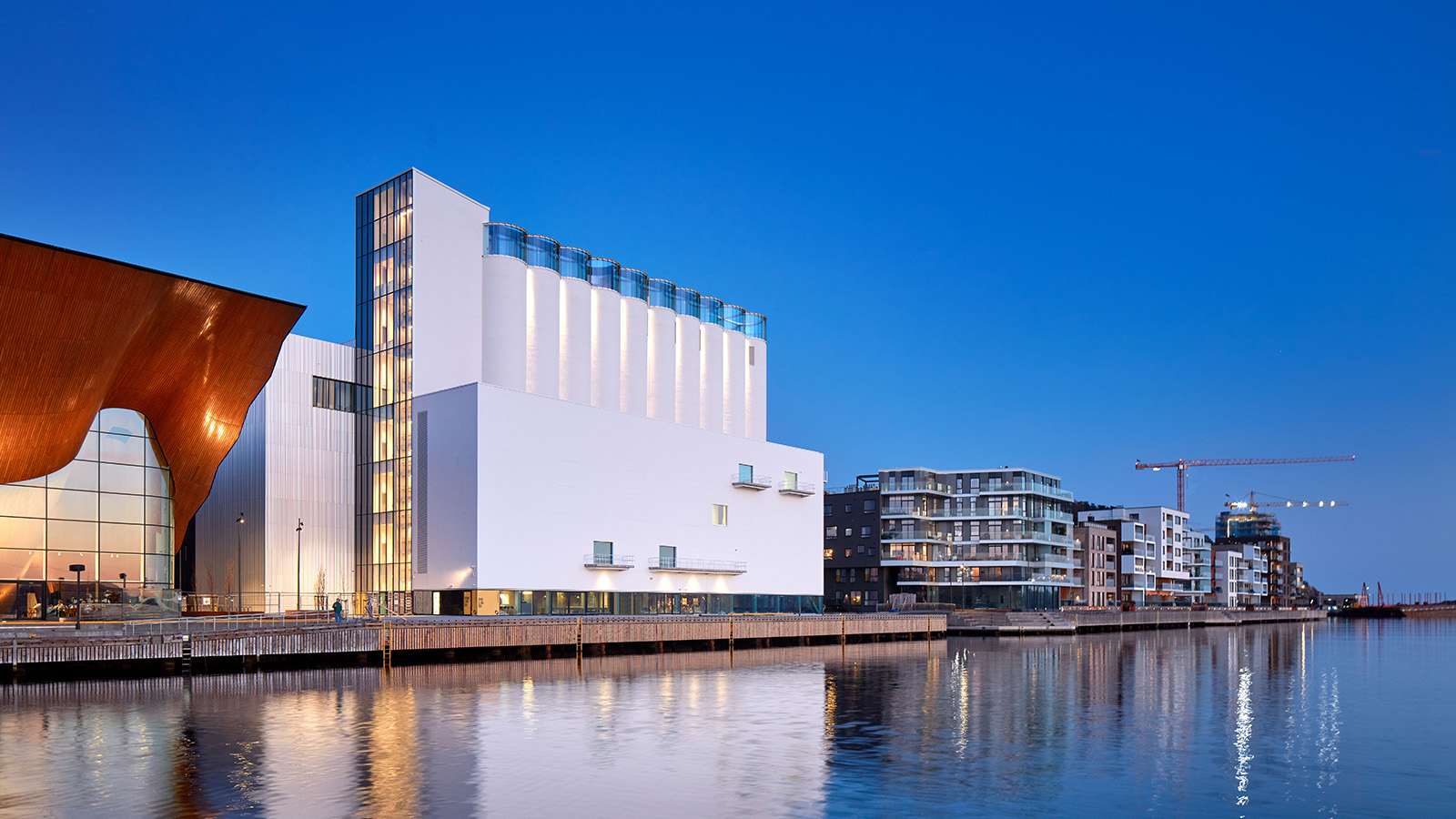 Kunstsilo sees a functionalist grain silo transformed into Norway’s newest art gallery
Kunstsilo sees a functionalist grain silo transformed into Norway’s newest art galleryKunstsilo’s crisp modern design by Mestres Wåge with Spanish firms Mendoza Partida and BAX Studio transforms a listed functionalist grain silo into a sleek art gallery
-
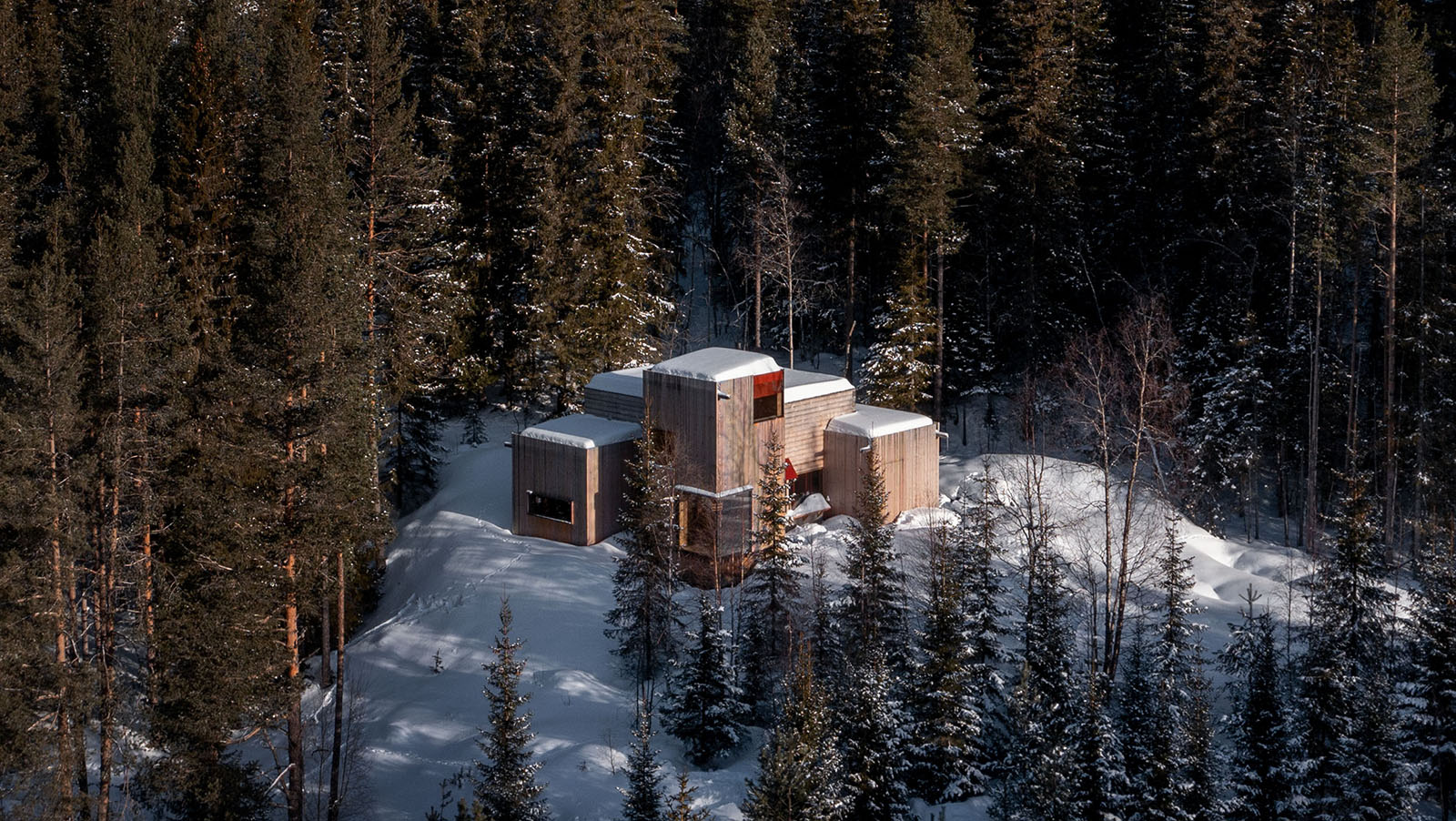 Aarestua Cabin brings old Norwegian traditions into the 21st century
Aarestua Cabin brings old Norwegian traditions into the 21st centuryAarestua Cabin by Gartnerfuglen is a modern retreat with links to historical Norwegian traditions, and respect for its environment